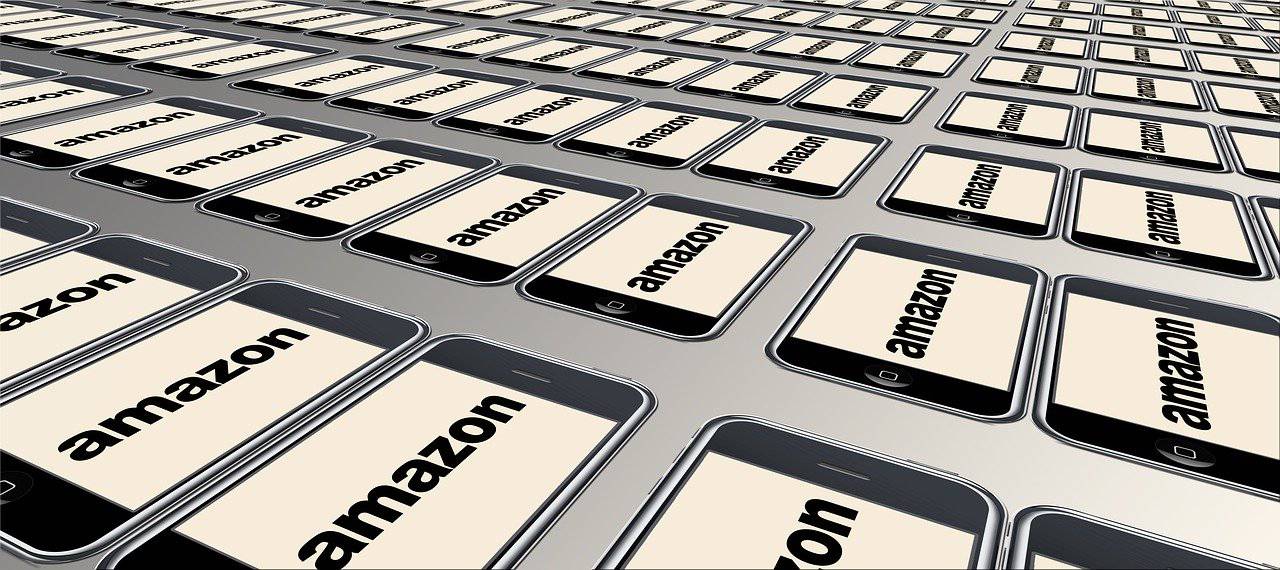Amazon has become the largest virtual marketplace of the century wherein anything and everything can be bought online and delivered to the doorstep of customers from all of the world’s corners. Consequently, more amazon best sellers enroll in the platform to get their share in the market.
Identification of Amazon Best Sellers
Amazon classifies its sellers into three:
1st Party Sellers.
These are brand owners or manufacturers who partner with Amazon to virtually market and sell their products to the rest of the world. They turn over the MOR or merchant of record of each product to Amazon with it being the new official product owner. The MOR remains on Amazon until the product is shipped to the customer.
2nd Party Sellers.
These are authorized resellers or distributors of 1st party sellers’ products on Amazon. They usually serve as backup suppliers Amazon will reach to ensure that high demands will be catered.
Product listings of both 1st party and 2nd party sellers mostly have a note indicating that the product is shipped from and sold by Amazon.com.
3rd Party Sellers.
These are neither authorized resellers nor brand manufacturers. Instead, they are just entrepreneurs taking advantage of the Amazon platform to earn. Unfortunately, one of the pressing concerns when it comes to Amazon shopping is that more than half of their 3rd party sellers are actively selling stolen, counterfeit, or knock-off products while many others are selling authentic but damaged items. Despite their products’ subpar conditions, their listings would still manage to lure new customers as most of the time, the items are marketed at a far cheaper price range and Amazon could only mitigate the risks of the problem through their Brand Registry and Buy Box programs.
The wide network of third-party sellers on Amazon is one of the reasons why its ecosystem is booming. However, the incredible convenience the platform offers is oftentimes interrupted with the threats to security the third-party sellers bring. This is why each and every customer should know how proper identification of Amazon Sellers is done.
Proper Identification of Amazon Best Sellers
Let’s face it; only a few of the online shoppers have a sharp eye to spot reliable authentic sellers and products. Amazon receives hundreds of thousands of customers on a daily basis but a significant percentage of them still fall for fraudulent and counterfeit offers.
Below are six top signs that the product you are looking at is dangerous or shoddy:
If its price is too good to be true for its name.
Signature watches, bags, pieces of jewelry, and even gadgets are being sold on Amazon. When it comes to expensive accessories and authentic watches, online shopping can be risky. You’re better off going to a local watch store to ensure that what you’re buying is 100% authentic. Now, if the iPhone 11 is priced at $20, it should not be that hard to conclude that it is fake. Anything that is being sold far below their market value should raise your red flag right away.
To avoid falling for such scams, always do your part of the research, either on the internet or at a physical store nearby, to check its standard price and inquire if the Amazon product being offered with a steep discount is with basis. Do remember that 3rd party sellers, especially counterfeit ones, would always want to steal customers through deception. Prices set low are the easiest bait they can use to get their targets done.
The seller is unknown or unrecognizable.
A lot of customers patronize reputable brands who have been tested and who proved their worth through time. However, sometimes, especially if the need is urgent or excitement just flushes in, customers are willing to buy from other sellers just so the product could reach their doorstep the soonest time possible. This is totally risky considering that there are many fraudulent 3rd party sellers on Amazon.
The rule of thumb is to only buy from a seller you know or recognize. However, since such cases are inevitable, the least you can do is research about the seller and thoroughly check for suspicious content on the product listing, including the reviews section. Also, you can order on Amazon Prime to have a reduced chance of getting scammed.
If the listing uses a familiar product image but the brand does not ring a bell.
If you come across a product that you truly know but it is oddly tagged on a brand you have never heard of, then most probably that listing is fake. Counterfeit sellers love to make copy versions of popular items and sell them for a price the shoppers can hardly resist. To avoid falling for such a trap, the answer is the same; do your research and then if the seller or brand has no information shown on the web, then mark it red. You can even report it on Amazon if you got the time.
The reviews are outdated.
If the product listing you are looking at has too many positive reviews, do not get sold right away. Instead, check the dates where they were given and the accounts who gave them. If they are outdated and odd, it is possible that phony accounts had been giving false reviews to deceive you and the other customers. The rule of thumb is; only trust reviews given by customers with a “verified purchase” label. Amazon has this as a proof that the customer has truly bought an item from the listing.
The seller wants you to reach them before paying.
If the seller opts for a payment transaction outside Amazon, it should raise your flag immediately. Amazon has set everything up including its online payment module. There should be no reason why the seller should use a third party medium for the purchase.
The seller is indirectly proposing that your transactions be made under the radar.
If a product listing shows what it seems to be an instruction on how to buy the item, necessitating you to leave Amazon and buy the product instead on another site, then that is most likely a scam. Amazon has thoroughly and securely designed its platform to allow sellers to market and sell their products while exercising customer protection. The risk to security, however, of transacting through a different medium is high especially if the seller or website is totally new to you.
Be on the safe side; bear the abovementioned signs in mind before you resume shopping on Amazon.




